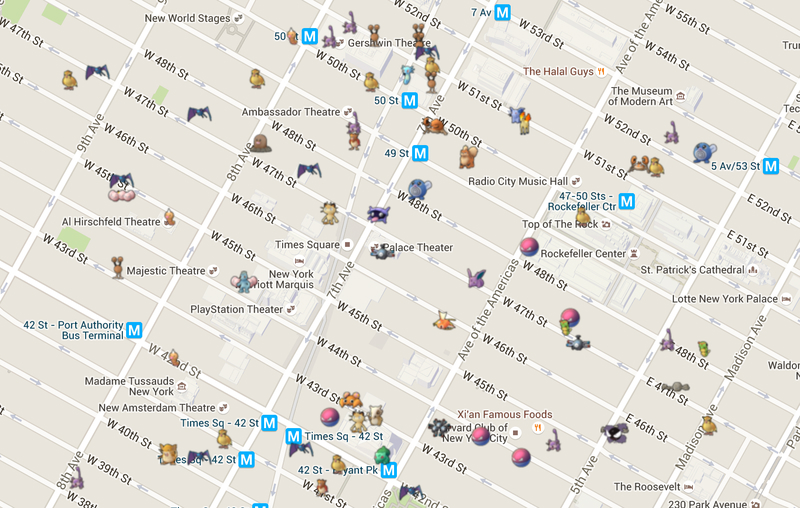
You may encounter wild Pokémon anywhere you go and capture them by flicking on your screen to throw Poké Balls. Location is everything in “Pokémon Go.” When players open the app, they see their avatars moving around a map that is matched to their own geographic positions. How Pokémon Go Mapping Makes Geospatial Data Fun The historical landmarks and public art installations that had been marked and photographed by “Ingress” players were crucial pieces of the puzzle as Niantic and its partners took location-based gameplay to a whole new level of popularity. “Pokémon Go” drew heavily on the crowdsourced geographic information gathered from the earlier game. “Ingress” came to the attention of Tsunekazu Ishihara, president of The Pokémon Company, leading to a partnership between the now fully independent Niantic and Nintendo. The studio released its first AR game, “Ingress,” in 2014, establishing many of the gameplay dynamics that would later shape “Pokémon Go.” Players joined one of two opposing factions and set out to capture portals that were situated at notable public locations, such as landmarks or monuments. With Niantic, Hanke used his expertise in geospatial data and technology to create location-based mobile apps. As vice president of product management for Google’s Geo division, Hanke led the teams working on Google Earth and Google Maps. Founder John Hanke had previously been the CEO of Keyhole, a geospatial data visualization firm that was acquired by the search giant.

The development studio, Niantic, began in 2010 as a startup within Google. Much like Charmander must transform into Charmeleon before eventually becoming Charizard, the technology behind “Pokémon Go” originated in forms that were very different from the game that took hold of so many people’s imaginations. The creatures gradually learn additional combat moves and evolve into more powerful and imposing forms.
#Create a manual google map for pokemon go series
The game’s continuing popularity reveals how GIS and cartography can be harnessed to entertain hundreds of millions of gamers.Īs anyone who has played one of the games or caught an episode of the anime series knows, a trainer levels up a Pokémon over time by sending it into battle. Thanks to mapping technology and GPS, fans could catch a Pokémon whether they were walking down the street, taking a break at work or school or out to dinner. What made this new game distinctive and engaging for an international audience of all ages was the opportunity to discover the creatures in real-world locations. Like the other titles in the Pokémon franchise – which began on Nintendo’s handheld Game Boy console in 1996 and has since spawned a vast array of sequels, spinoffs, animated series and feature films – “Pokémon Go” casts players as trainers on a mission to track down and capture every species of the titular super-powered “pocket monsters.” Since then, the free-to-play game has shown impressive staying power, reaching a total of 800 million downloads by May 2018 and inspiring the next generation of AR-based toys and games. Apple reported that “Pokémon Go” was downloaded more times in its first week of release than any other app to date. When the mobile game debuted in July 2016, it became an instant phenomenon. “Pokémon Go” demonstrated how geographic information science (GIS) could contribute to making a game that is a huge mainstream hit and provided an example that developers are continuing to build on.

On the other hand, the combination of AR and spatial information can be a lot of fun when used as the basis for a gaming platform. Augmented reality experiences that are tied to geographic locations have valuable uses for a wide range of industries, like performing complex measurements in real time or providing construction crews with vital information about a worksite.


 0 kommentar(er)
0 kommentar(er)
